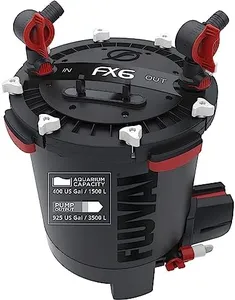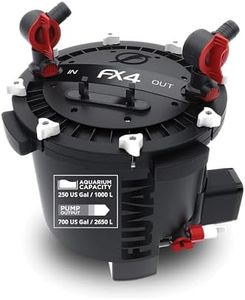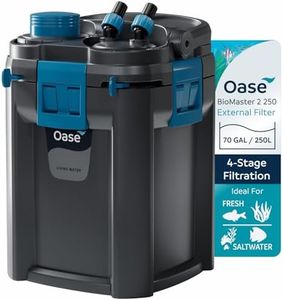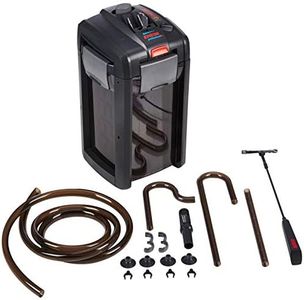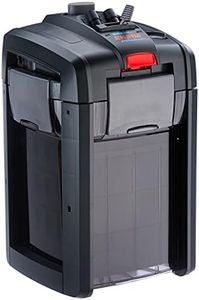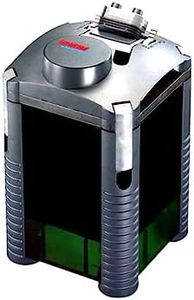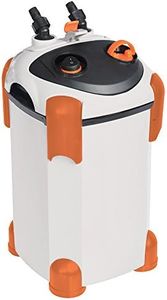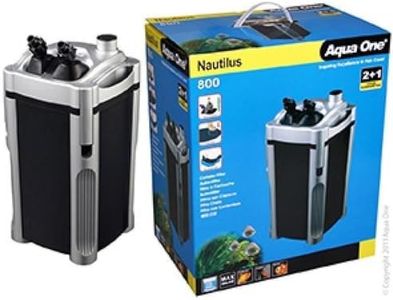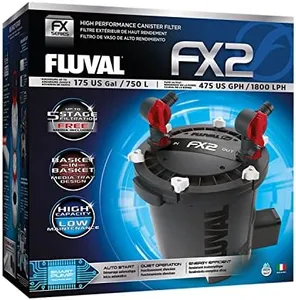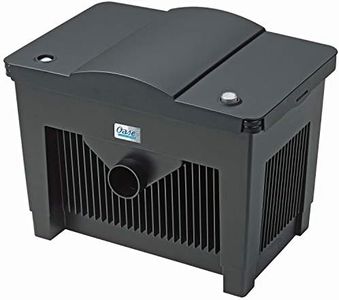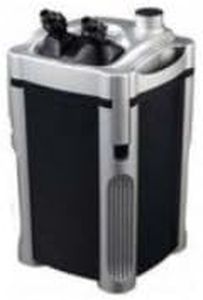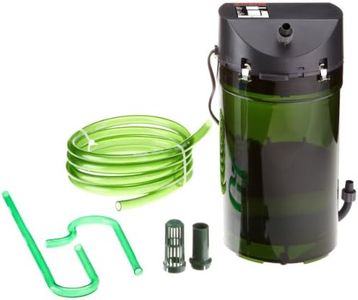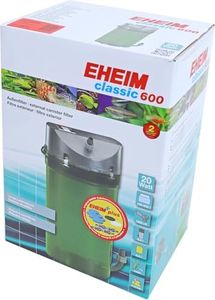We Use CookiesWe use cookies to enhance the security, performance,
functionality and for analytical and promotional activities. By continuing to browse this site you
are agreeing to our privacy policy
10 Best Canister Filters
From leading brands and best sellers available on the web.Buying Guide for the Best Canister Filters
When looking to buy a canister filter for your aquarium, it’s important to consider how it will impact water quality, ease of use, and how well it fits your tank setup. Canister filters are prized for their strong and versatile filtration, and they are suitable for a range of aquarium sizes and types. By understanding the main features and how they match your particular needs—such as tank size, inhabitants, and desired water clarity—you’ll make a much better choice.Flow RateFlow rate refers to how much water the filter can process within a certain time, usually measured in gallons per hour (GPH) or liters per hour (LPH). This is crucial because you want the filter to cycle your whole tank’s water multiple times per hour for good water quality. Lower flow rates (under 100 GPH) are suited for small tanks or delicate fish that prefer gentle currents, while medium rates (100–300 GPH) fit average-sized community tanks. High flow rates (over 300 GPH) are better for large tanks, tanks with bigger fish, or setups with a lot of waste. Think about your tank size and how strong you want the water movement to guide your choice.
Media CapacityMedia capacity is about how much filtration material the canister can hold. This matters because different types and amounts of media provide better mechanical, chemical, and biological filtration. Small capacity is enough for basic needs or simple, lightly stocked tanks. Medium to large capacity lets you add specialized media, which is handy for crowded tanks or ones with demanding fish. If you want to customize your filtration for specific issues—like removing odors or having extra biological support—look for a canister with plenty of room for multiple media types.
Ease of MaintenanceEase of maintenance describes how simple it is to access, clean, and reassemble the filter. This matters because regular upkeep is necessary for good performance. Some canisters have quick-release valves, easy-lift baskets, or self-priming features that make maintenance much easier. If you don’t want cleaning to be a chore, or if you’re new to aquarium filters, look for models praised for convenient design. Frequent tinkerers may not mind more complex units, but simple access keeps things trouble-free for most people.
Noise LevelNoise level is how much sound the filter makes when it’s running. It’s important if your aquarium is in a bedroom, office, or another quiet space. Some canister filters are nearly silent, while others produce a noticeable hum. If silence is golden for you, pick a model known for quiet operation. Otherwise, in noisier rooms or for less sensitive users, a little sound may not be an issue.
Hose and Connection QualityHose and connection quality refers to the durability and sturdiness of the tubes, valves, and seals that connect the filter to the aquarium. Good quality connections reduce the risk of leaks and make installing and moving the filter easier. Thicker, kink-resistant hoses and solid clamps are signs of higher quality. For anyone who moves their setup or needs peace of mind regarding leaks, paying attention to these parts is wise.
Size and Placement FlexibilitySize and placement flexibility means the physical size of the canister and how easily you can fit it under tanks or in cabinets. Some filters are compact and fit small stands, while others are large and require more space. If you have limited space, always check the canister’s dimensions and where the hoses can reach. For standard setup areas, any model will typically fit, but for cramped spaces or tucked-away aquariums, a smaller or more flexible unit is best.
